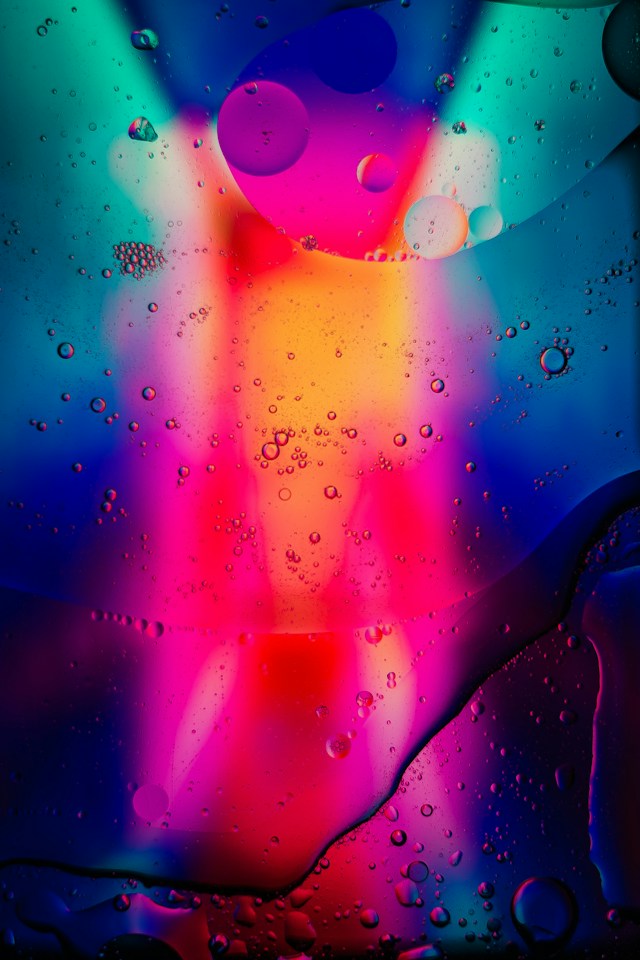Artificial colors have become a ubiquitous presence in the modern food landscape, turning mundane products into visually appealing treats. In this article, we explore notable artificial colors, their prevalence in various food items, and considerations for consumers navigating the colorful realm of processed foods.
1. Red 40: The Vibrant Hue:
Red 40 is one of the most widely used artificial colors, lending its vibrant hue to a plethora of food and beverage products. Found in candies, sodas, and snacks, Red 40 has faced scrutiny due to its potential association with allergic reactions and behavioral changes, especially in children.
2. Yellow 5 and Yellow 6: A Sunshine Splash:
Yellow 5 and Yellow 6 are commonly used artificial colors to achieve shades of yellow and orange in various food items. These colors, found in cereals, candies, and processed snacks, have been subjects of research examining their potential links to hyperactivity and allergic responses.
3. Blue 1 and Blue 2: The Blues in Food:
Blue 1 and Blue 2 are artificial colors used to impart shades of blue and green to a range of food and beverage products. Found in candies, baked goods, and beverages, these colors have undergone scrutiny for their potential impact on behavior and health, particularly in sensitive individuals.
4. Green 3: The Green Spectrum:
Green 3 is an artificial color that contributes to the green shades in various food items, including desserts and candies. While less common than some other artificial colors, it has been studied for its potential health effects, prompting discussions about its safety in food products.
5. Caramel Color: A Brown Palette:
Caramel color, despite its natural-sounding name, is often considered an artificial color. Used extensively in colas, sauces, and baked goods, caramel color has faced attention due to the formation of potential carcinogens during its manufacturing process.
6. FD&C Dyes: A Rainbow of Additives:
The term “FD&C” stands for the U.S. Food, Drug, and Cosmetic Act, indicating colors that are approved for use in foods, drugs, and cosmetics. FD&C Yellow 5, FD&C Red 40, and FD&C Blue 1 are examples of artificial colors falling under this classification, commonly found in a variety of food products.
7. Considerations for Consumers:
As consumers become more conscious of their dietary choices, understanding the presence and potential effects of notable artificial colors is crucial. Reading ingredient labels, especially for individuals with sensitivities or concerns about additives, allows for informed decision-making when it comes to selecting food products.
8. Exploring Natural Alternatives:
For those seeking to minimize their intake of notable artificial colors, exploring natural alternatives can be a viable option. Many food manufacturers are turning to natural colorings derived from fruits, vegetables, and other plant-based sources to meet consumer demands for cleaner and more transparent ingredient lists.
Conclusion:
Notable artificial colors play a significant role in the visual appeal of many processed foods, but their use has sparked discussions about potential health implications. As consumers navigate the colorful landscape of food products, staying informed about the presence of artificial colors and considering natural alternatives can contribute to a more mindful and health-conscious approach to dietary choices.

